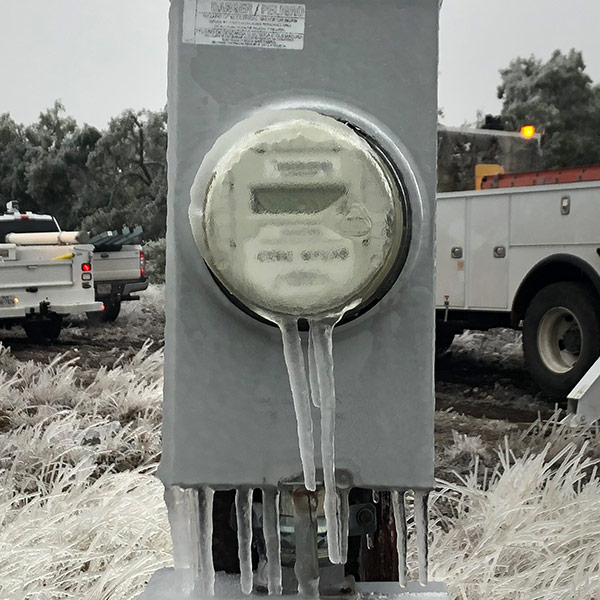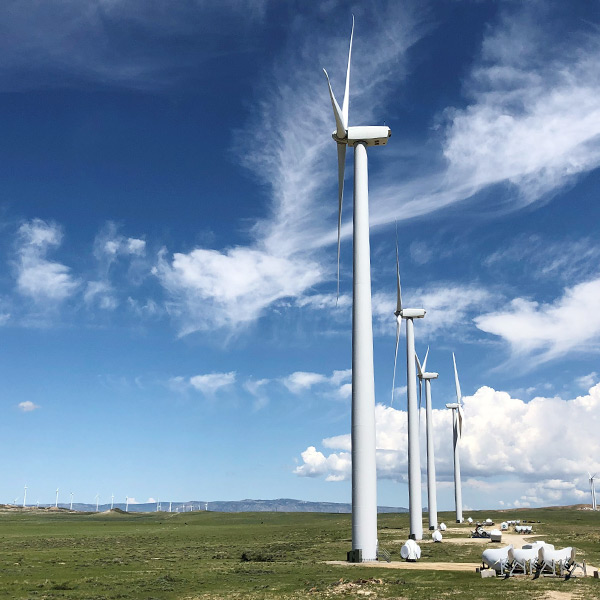Resource Adequacy
Resource adequacy is the ability of electric grid operators to supply enough electricity at the right locations, using current capacity and reserves, to meet demand. It is expressed as the probability of an outage due to insufficient capacity.
ERCOT said reserves had been restored and declared a return to normal conditions, ending an emergency that had left more than 4 million without power.
ERCOT said that enough generation had returned to service to stop the rotating outages that began Feb. 15.
ERCOT leadership made it clear that it is fully committed to restoring power to the millions of Texans spending their fourth night shivering in the dark.
The inability of Midwestern grid operators to recover quickly from extreme winter weather drew customer anger, along with scrutiny from regulators.
New York regulators have proposed natural gas planning procedures that could address how utilities balance infrastructure needs with GHG reduction goals.
SPP joined ERCOT in initiating rolling blackouts Monday as the entire Midwest experiences an unprecedented winter storm.
Extreme winter weather has placed much of the country’s heartland in a deep freeze and has MISO, SPP and ERCOT scrambling to meet anticipated record demand.
ERCOT has issued several notices and advisories as it prepares for expected record electric usage into early next week.
The California PUC approved a massive increase to its resource-needs projections, which CAISO will use in its transmission planning process for 2021/22.
Eight of California’s community choice aggregators said they will join forces to create one of the state’s largest procurement entities.
Want more? Advanced Search










